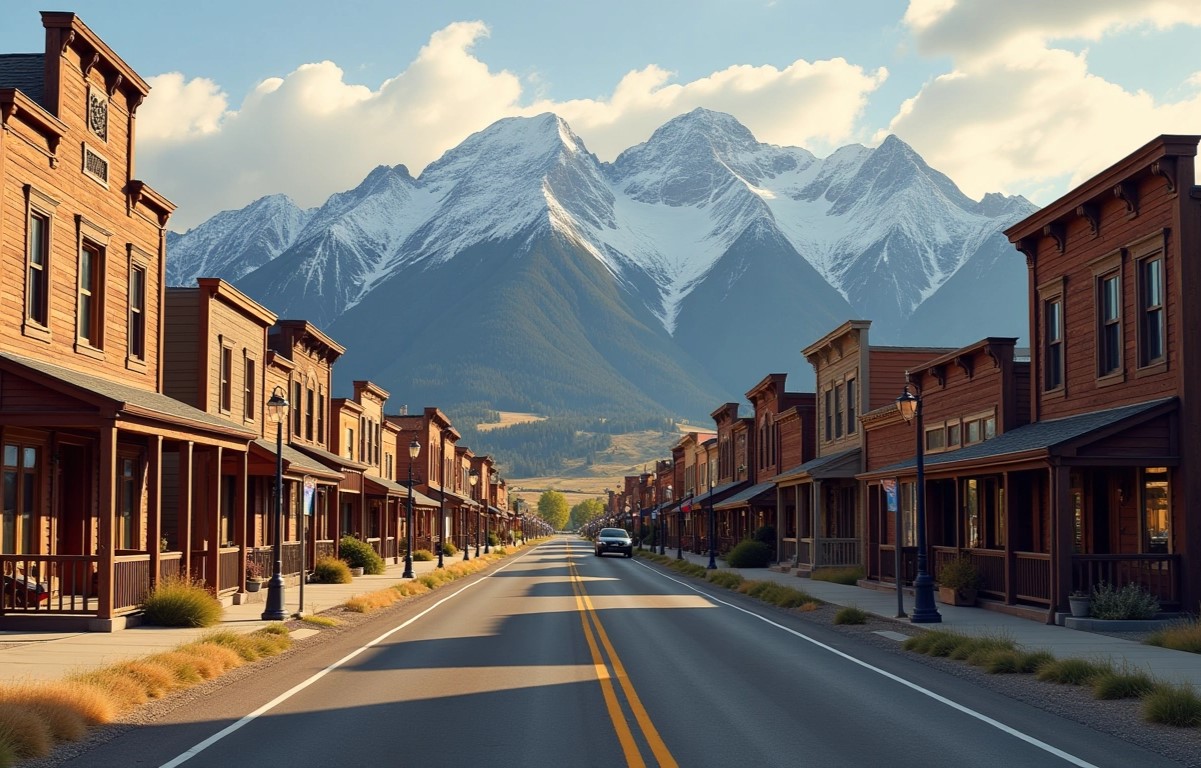Secrets Behind Montana’s Ghost Dance

Ever wondered about the Ghost Dance in Montana? This mysterious ritual holds a deep connection to Native American history and culture. Originating in the late 19th century, the Ghost Dance was more than just a dance; it was a spiritual movement. Native tribes believed it could reunite them with ancestors, bring peace, and restore their lands. Montana, with its rich indigenous heritage, became a significant place for this practice. Understanding the Ghost Dance offers a glimpse into the resilience and hope of Native American communities during challenging times. Ready to learn more about this fascinating tradition? Let's dive in!
Montana's Ghost Dance: A Journey Through Time
Montana, known for its breathtaking landscapes, also hides a mysterious past. The Ghost Dance, a spiritual movement among Native American tribes, left an indelible mark on this region. Let's explore the places where history whispers its secrets.
1. Big Hole National Battlefield
Big Hole National Battlefield stands as a poignant reminder of the Nez Perce War. This site commemorates the battle between the Nez Perce tribe and the U.S. Army in 1877. Walking through the battlefield, you can almost hear the echoes of the past.
2. Little Bighorn Battlefield National Monument
Little Bighorn Battlefield National Monument marks the site of the infamous Battle of Little Bighorn. Here, the Lakota, Northern Cheyenne, and Arapaho tribes clashed with the 7th Cavalry Regiment of the U.S. Army. The monument honors the fallen warriors and soldiers alike.
3. Bear Paw Battlefield
Bear Paw Battlefield, part of the Nez Perce National Historical Park, tells the story of the final battle of the Nez Perce War. Chief Joseph's famous surrender speech, "I will fight no more forever," resonates deeply here. The landscape remains largely unchanged, offering a glimpse into the past.
4. Rosebud Battlefield State Park
Rosebud Battlefield State Park is where the Lakota and Cheyenne fought against General Crook's forces. This battle, a precursor to the Battle of Little Bighorn, played a crucial role in the Great Sioux War. The park's serene beauty contrasts with its turbulent history.
5. Fort Benton
Fort Benton, once known as the "Birthplace of Montana," holds a rich history. This trading post became a hub for fur traders, gold miners, and settlers. The fort's museum showcases artifacts from the era, providing insight into the lives of those who shaped Montana's history.
6. Bannack State Park
Bannack State Park preserves the ghost town of Bannack, Montana's first territorial capital. Founded in 1862, Bannack thrived during the gold rush but was eventually abandoned. Walking through its deserted streets, you can almost feel the presence of its former inhabitants.
7. Virginia City
Virginia City, another well-preserved ghost town, offers a glimpse into Montana's gold rush era. Once a bustling mining town, it now stands as a living museum. The town's historic buildings and artifacts tell the story of its rise and fall.
8. Garnet Ghost Town
Garnet Ghost Town, nestled in the mountains, remains one of Montana's best-preserved ghost towns. Founded in the 1890s, Garnet was a thriving mining community. Today, visitors can explore its well-preserved buildings and imagine life during its heyday.
9. Deer Lodge
Deer Lodge, home to the Old Montana Prison Complex, offers a unique historical experience. The prison, operational from 1871 to 1979, now serves as a museum. Its exhibits provide a fascinating look into the lives of inmates and the history of Montana's penal system.
10. Philipsburg
Philipsburg, a charming town with a rich mining history, offers a blend of past and present. The town's historic buildings, including the Granite County Jail and the Opera House, transport visitors back in time. Philipsburg's vibrant community keeps its history alive.
Montana's Ghost Dance Legacy
Montana's Ghost Dance holds a deep cultural significance. This spiritual movement, born from hope and resistance, shaped the history of Native American tribes. Visiting Montana, you can explore sites where these dances took place, feeling the echoes of the past. Museums and cultural centers offer insights into the traditions and struggles of the tribes involved. Understanding this history fosters respect for the resilience and spirit of Native American communities. Whether you're a history buff or a curious traveler, Montana's Ghost Dance legacy offers a unique glimpse into a pivotal moment in American history. Embrace the opportunity to learn and reflect on the powerful stories that continue to shape the region. Your journey through Montana will be richer for it, leaving you with a deeper appreciation for the land and its people.

